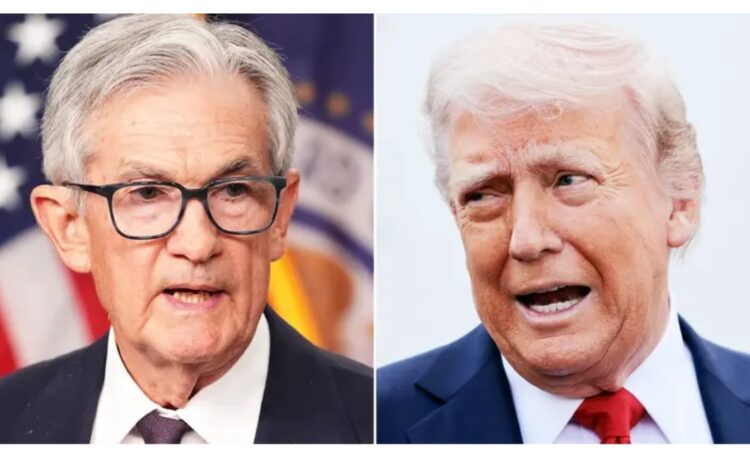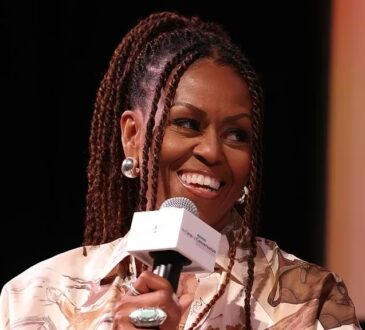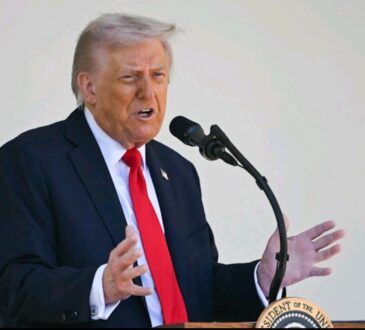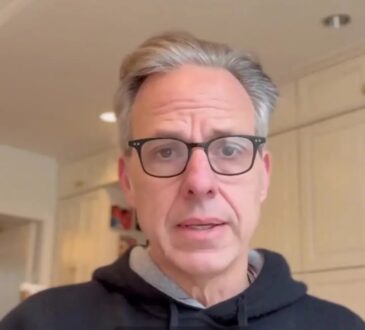
Donald Trump recently met face-to-face with Jerome Powell, the head of the U.S. Federal Reserve, at the White House. This meeting was unusual, especially since it was their first meeting during Trump’s second run for president. Trump set it up because he wants the Fed to lower interest rates. He believes that doing so would help the U.S. economy grow faster and make it easier to compete with countries like China. Lower interest rates usually make it cheaper for people and businesses to borrow money, which can lead to more spending and investment.
But Powell didn’t agree to what Trump wanted. Even though Trump pressured him directly during the meeting, Powell stood firm. He told Trump that the Fed’s job is to make decisions based on solid economic research and facts, not based on politics or pressure from any president. Powell made it clear that he’s going to do what’s best for the economy as a whole, not just what’s politically convenient for Trump.
Trump has been angry with Powell for years. He nominated Powell to lead the Fed back in 2017, but once Powell started raising interest rates instead of lowering them, Trump began publicly attacking him. He called Powell names like “a fool” and “a major loser,” especially when the Fed didn’t make moves that Trump believed would help the economy—or help his presidency. Trump even talked about trying to fire Powell. But recently, the Supreme Court ruled that Trump doesn’t actually have the legal authority to remove him. Powell’s term runs through 2026, so he’s staying in the job no matter how much Trump complains.
After the Fed announced last week that it was keeping interest rates steady at 4.3%, Trump lashed out again on his Truth Social platform, saying Powell was making a big mistake and didn’t know what he was doing. He blamed Powell for acting too slowly and accused him of holding the economy back.
At the White House meeting, Trump told Powell that by not cutting interest rates, the U.S. is falling behind economically, especially compared to other big economies like China. Trump thinks that higher rates make it harder for American companies to compete and grow.
Powell responded by saying that the Fed isn’t going to react just because someone is unhappy. Instead, the Fed will wait and watch the economy closely. If the data shows that things are slowing down or inflation is under control, then they might consider a rate cut. But they’re not going to rush into it just because of political pressure.
Powell also mentioned that Trump’s own actions—especially his trade tariffs—are causing problems in the economy. These tariffs make imported goods more expensive, which can lead to higher prices overall (inflation). They can also create uncertainty for businesses, making them hesitate to invest or hire new workers. Powell warned that this kind of uncertainty could slow down the economy, increase unemployment, and make the Fed’s job harder.
In short, Trump tried to push Powell into doing something that would help him politically, but Powell said no. He reminded Trump that the Federal Reserve is an independent part of the government, and its job is to keep the economy stable—not to follow orders from the president.




